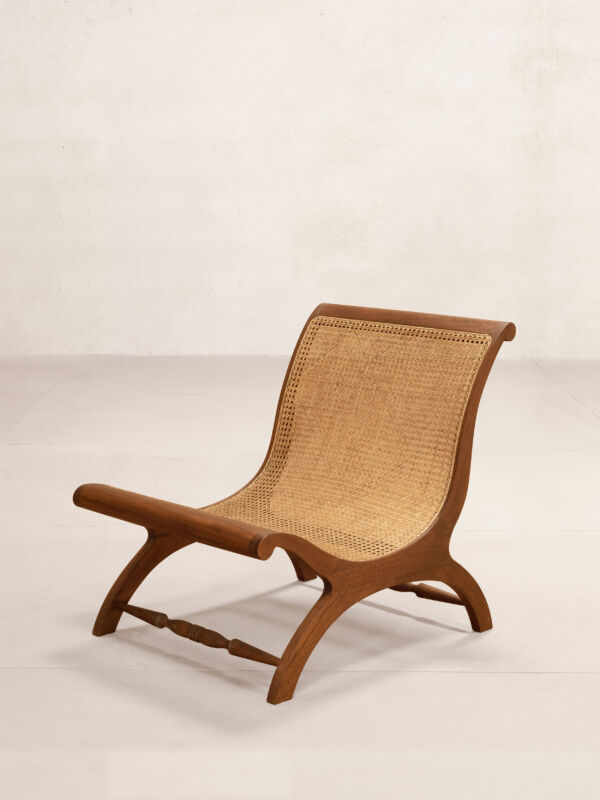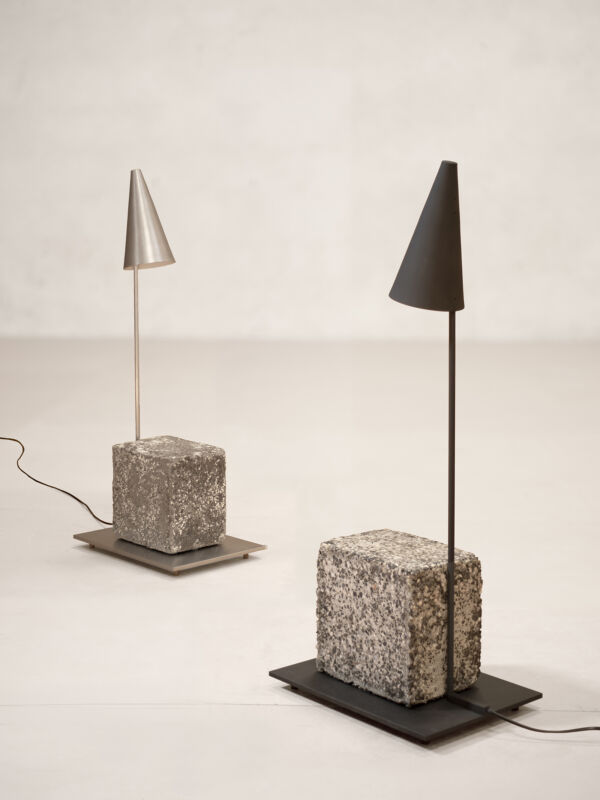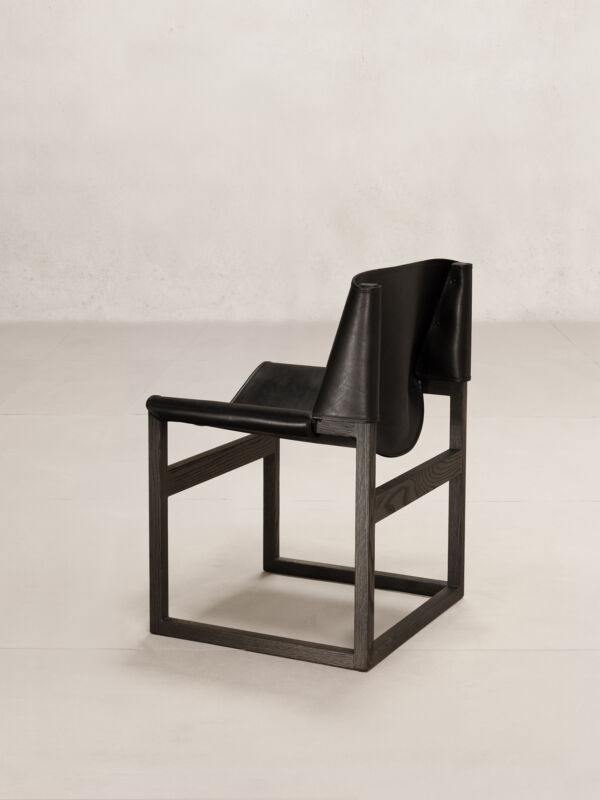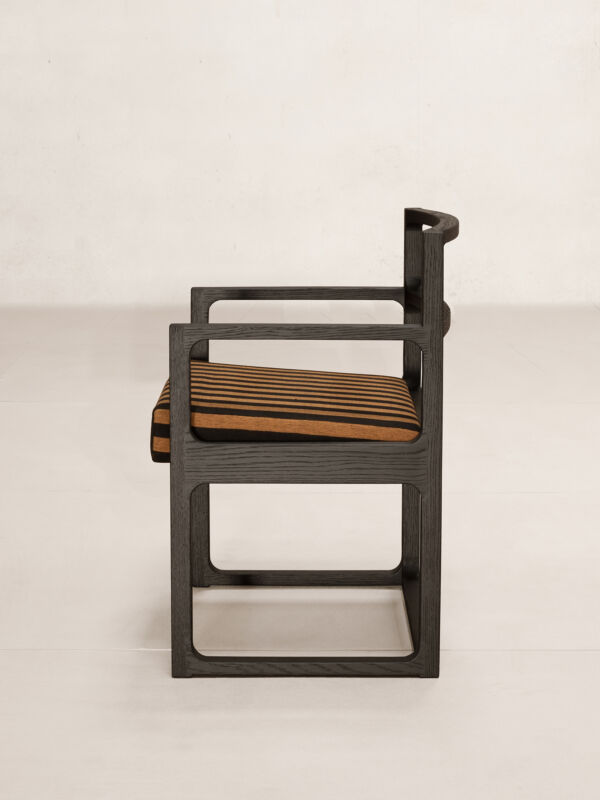Geoffrey Bawa Practice

Geoffrey Bawa, © Dominic Sansoni, courtesy the Geoffrey Bawa Trust.
Sri Lanka
Widely regarded as one of the most pioneering and prolific architects of postcolonial South Asia, Geoffrey Manning Bawa (1919-2003) began his career as a lawyer in Colombo. Driven by his growing fascination with architecture, he enrolled at the Architectural Association in London in 1954 and returned to Colombo as a qualified architect in 1957 at the age of 38.
Bawa’s architecture helped shape a new architectural identity and aesthetic in the Global South, earning him numerous accolades, including the Aga Khan’s Special Award for a Lifetime’s Achievement in Architecture and the title of Deshamanya. But while much has been written about his architecture, far less attention has been given to his work on interiors. His distinctive approach to decorating spaces often involved assembling contrasting elements, both old and new, frequently drawing from his own collection of colonial and contemporary items.
In his effort to create an overarching scenography that extended beyond the buildings themselves, Bawa also designed furniture for his spaces, often working with a close-knit community of like-minded artists and designers. These collaborators, including batik artist Ena de Silva, textile designer Barbara Sansoni and sculptor Laki Senanayake, among others, all contributed to the ambient interior spaces and furniture he created.
Perhaps the most significant contributors to his furniture, however, were the architects, students, and visiting associates at his firm. They assisted him through his many experiments with furniture-making; drawing, drafting and prototyping his designs. Once completed, they handed over the plans to local metal and woodworkers, sometimes even boat builders, who then helped bring the final designs to life. It is in recognition of this multivocal authorship of Bawa’s furniture design that his pieces are attributed not just to him, but to the Geoffrey Bawa Practice as a whole.



